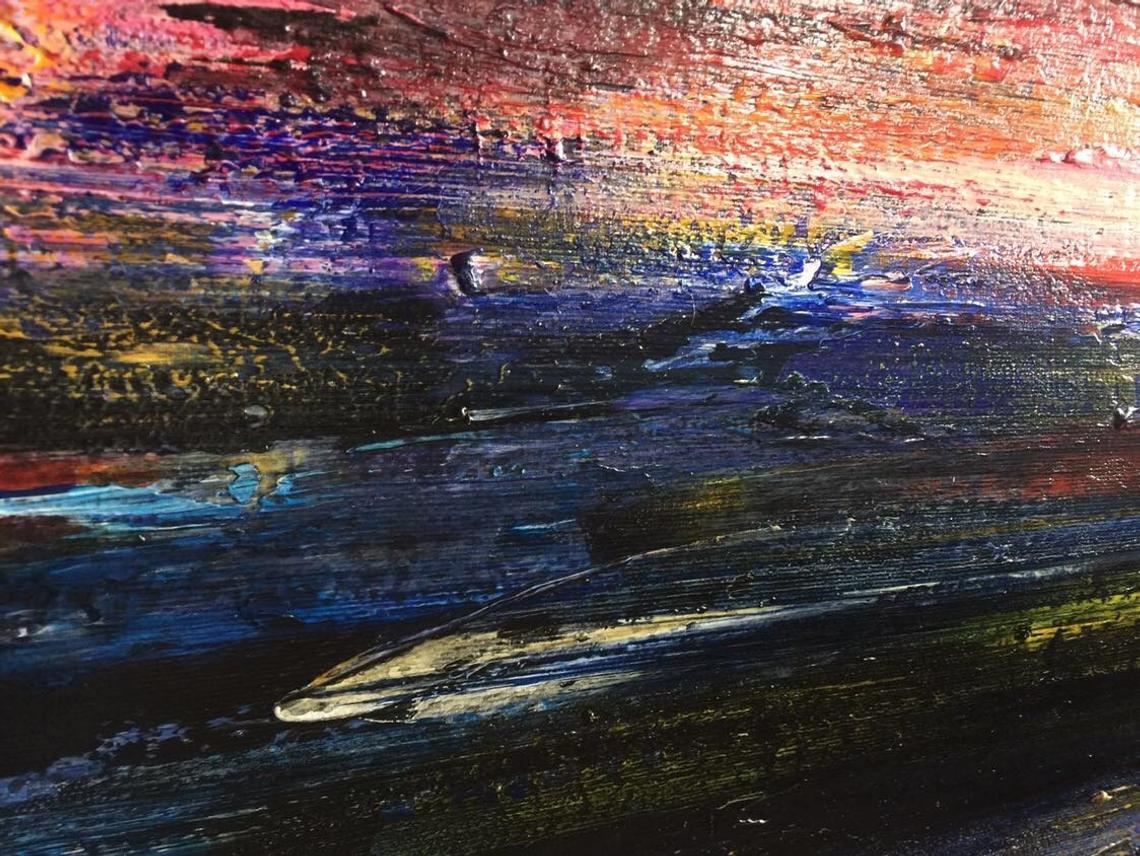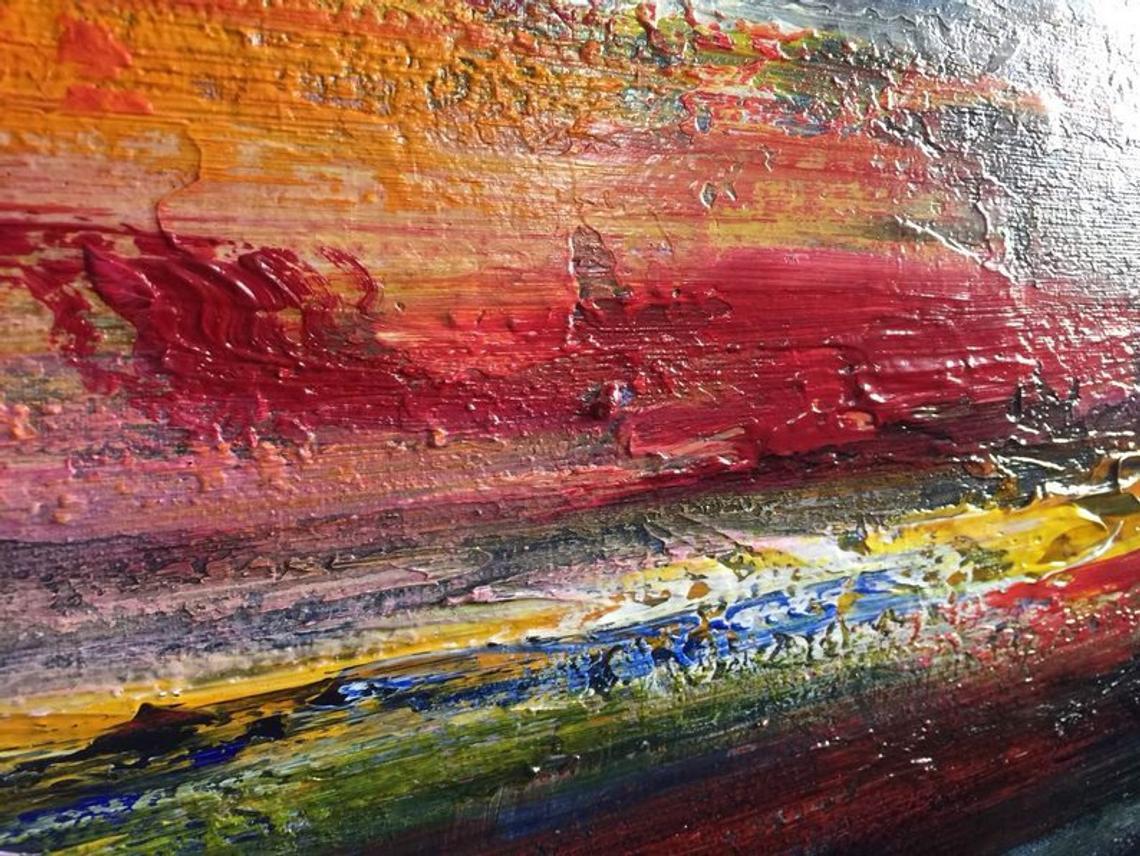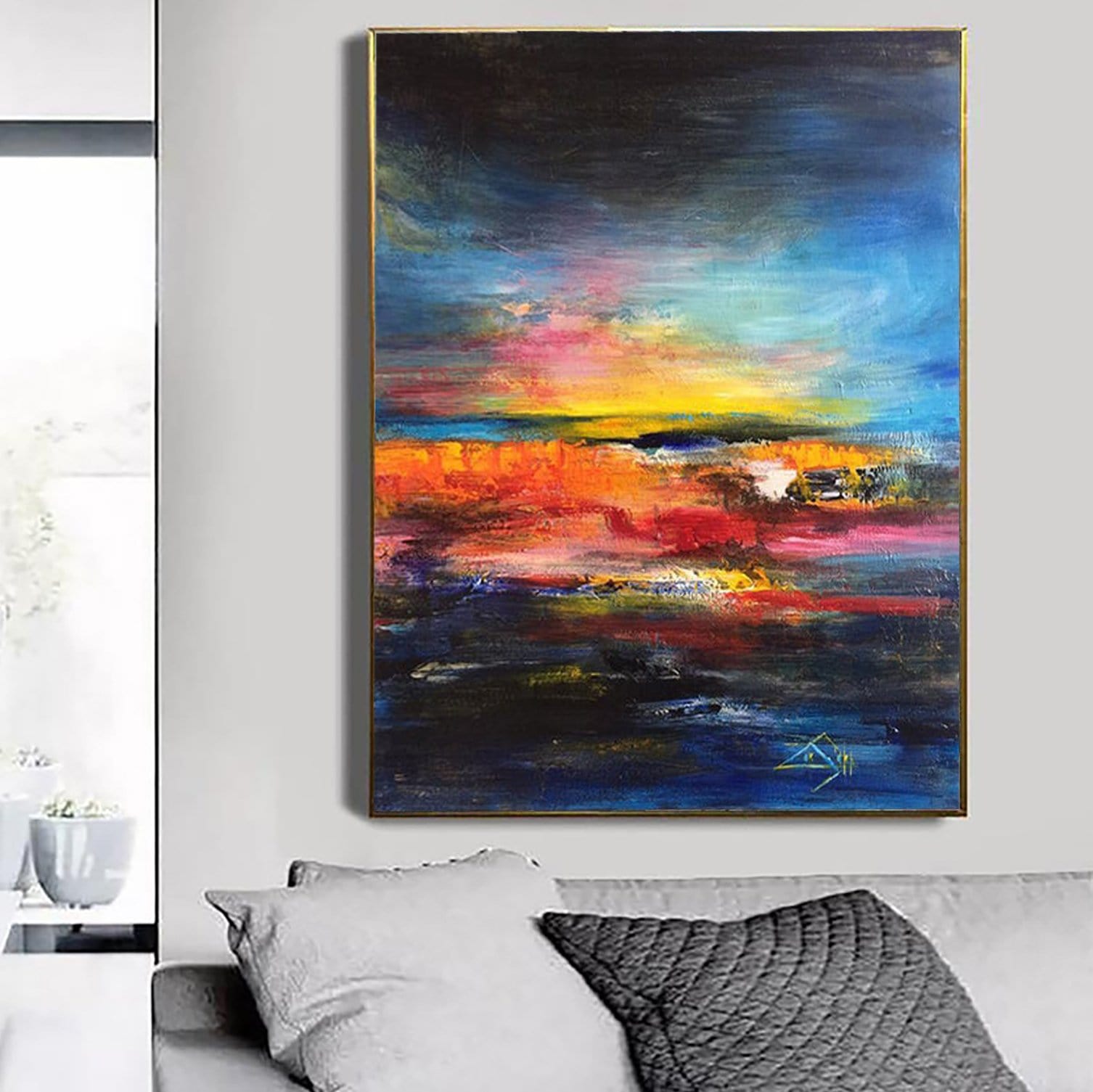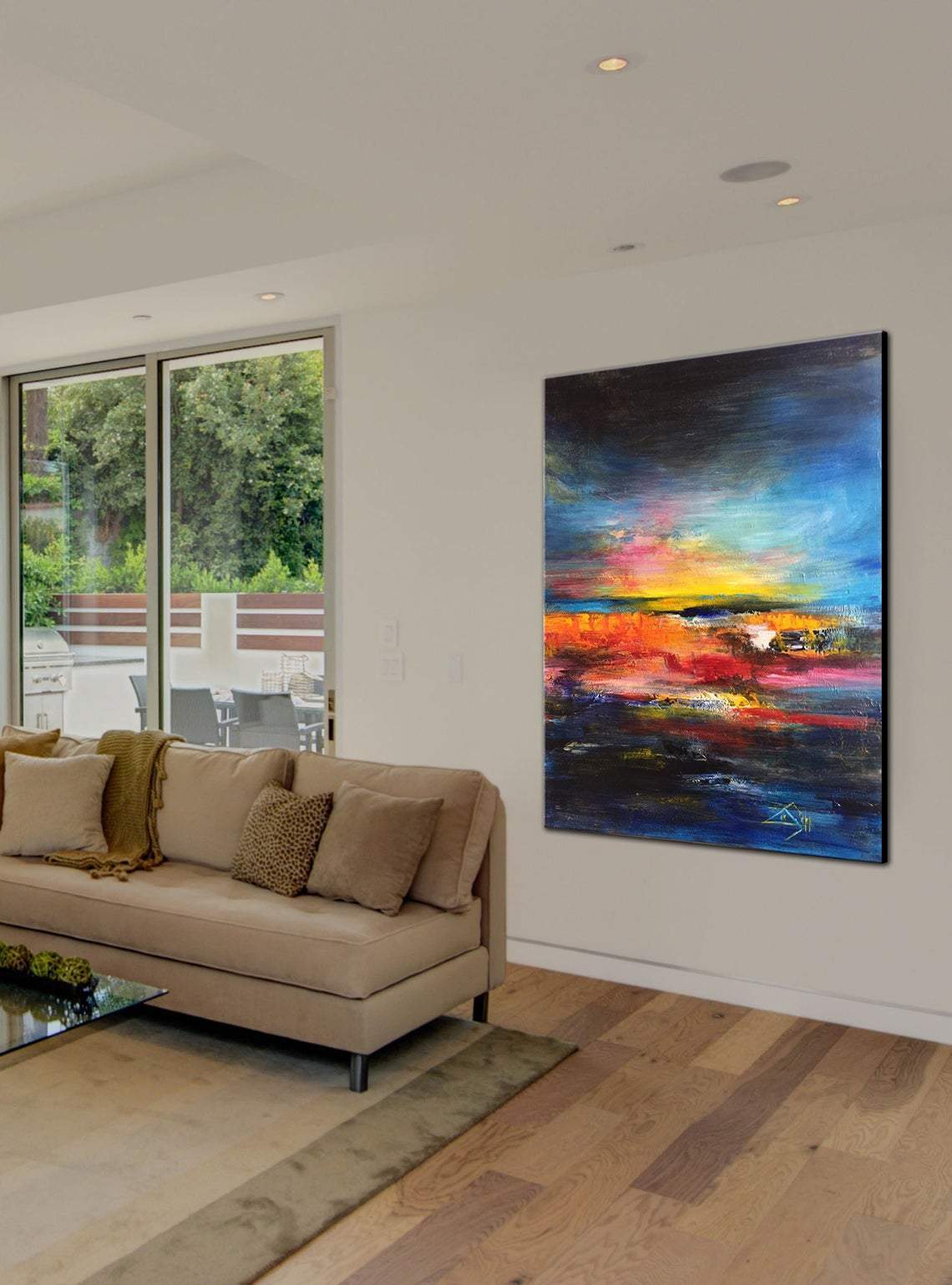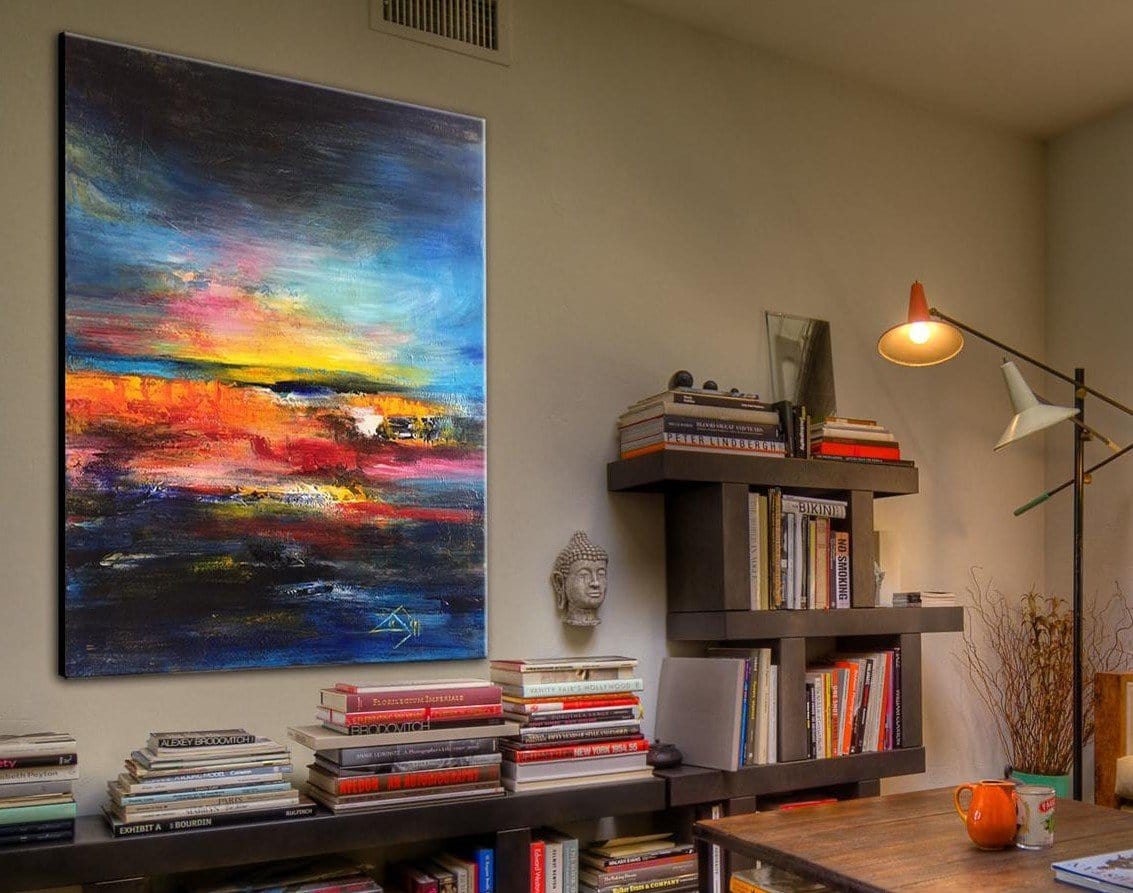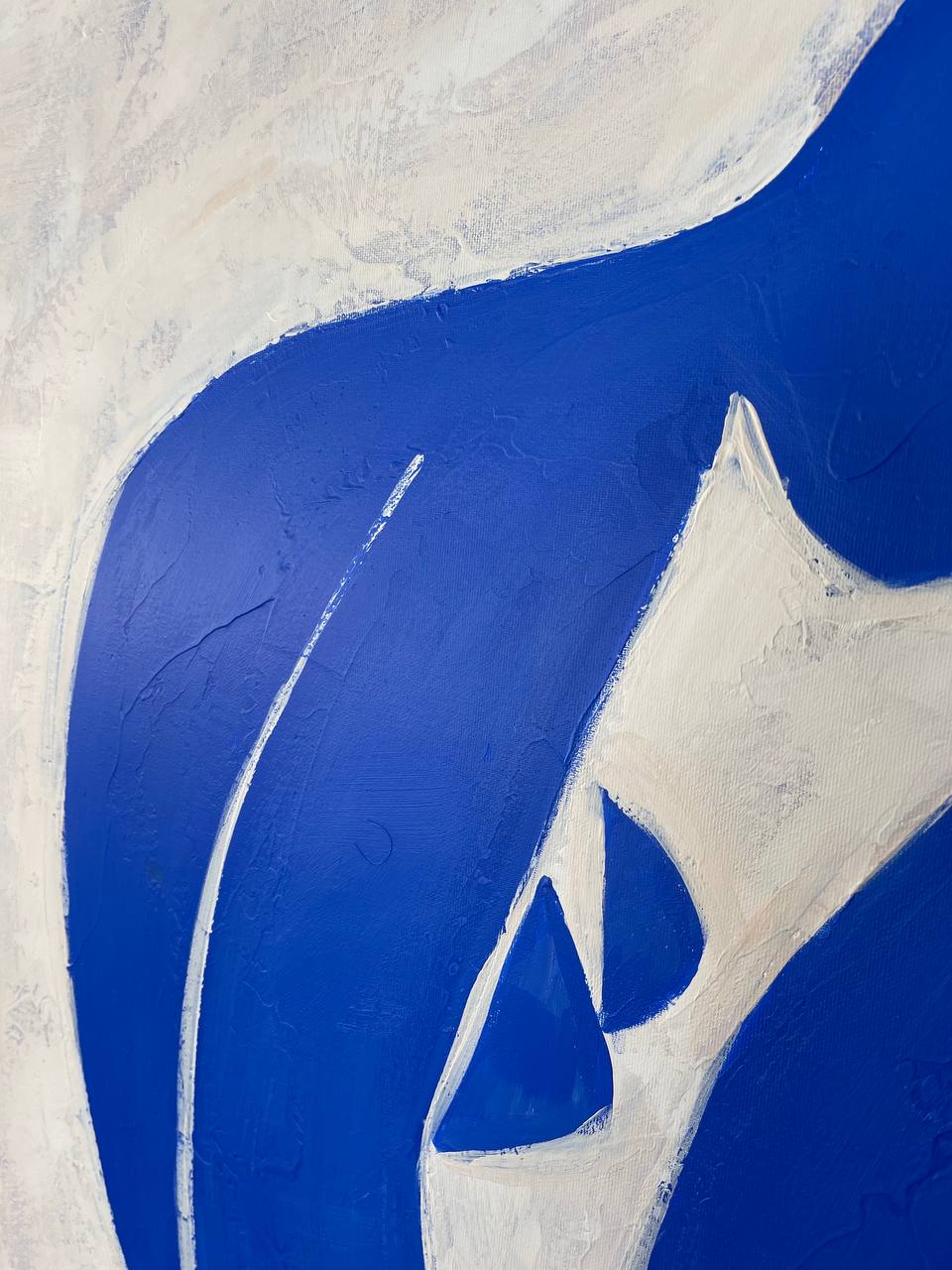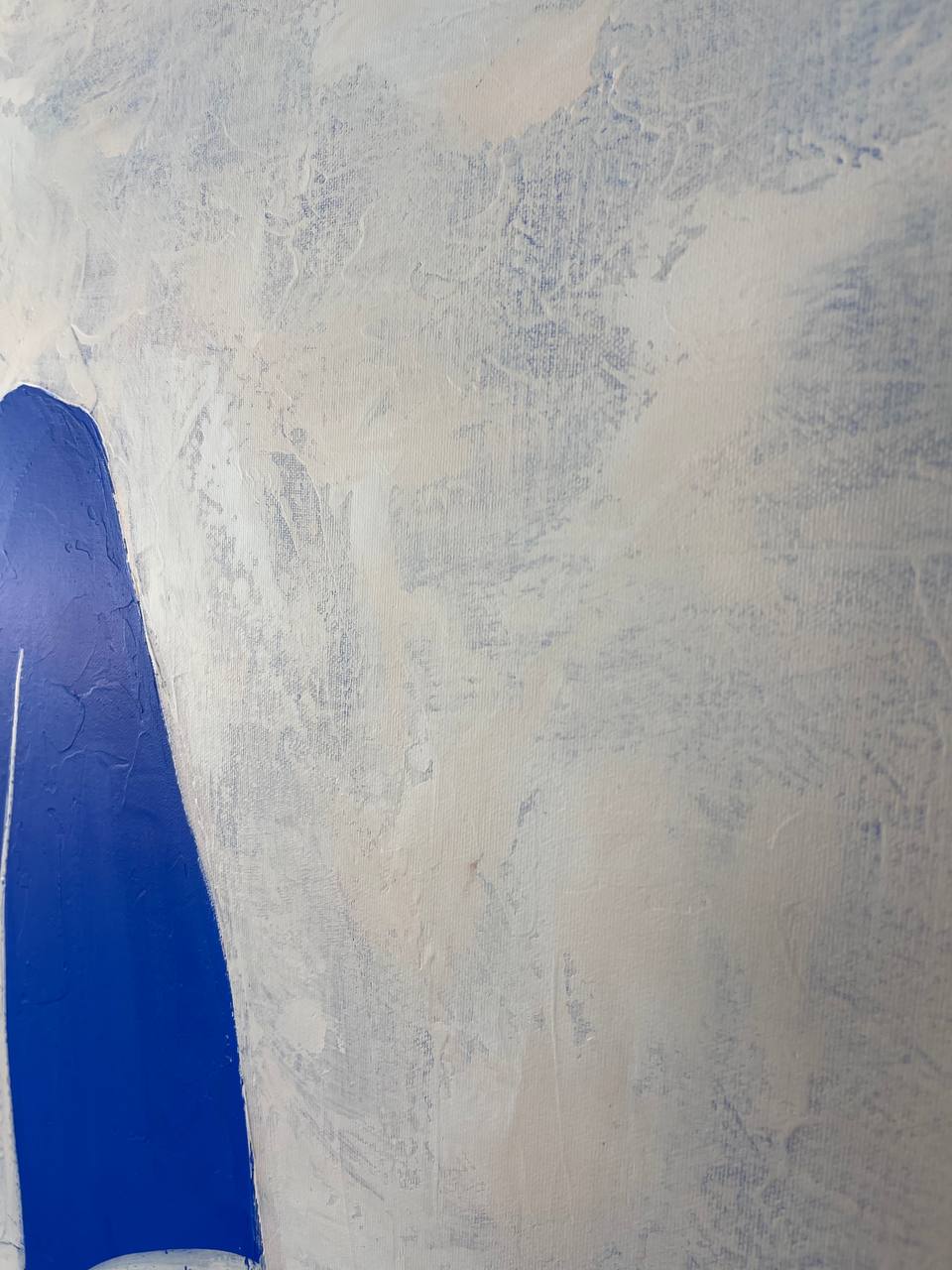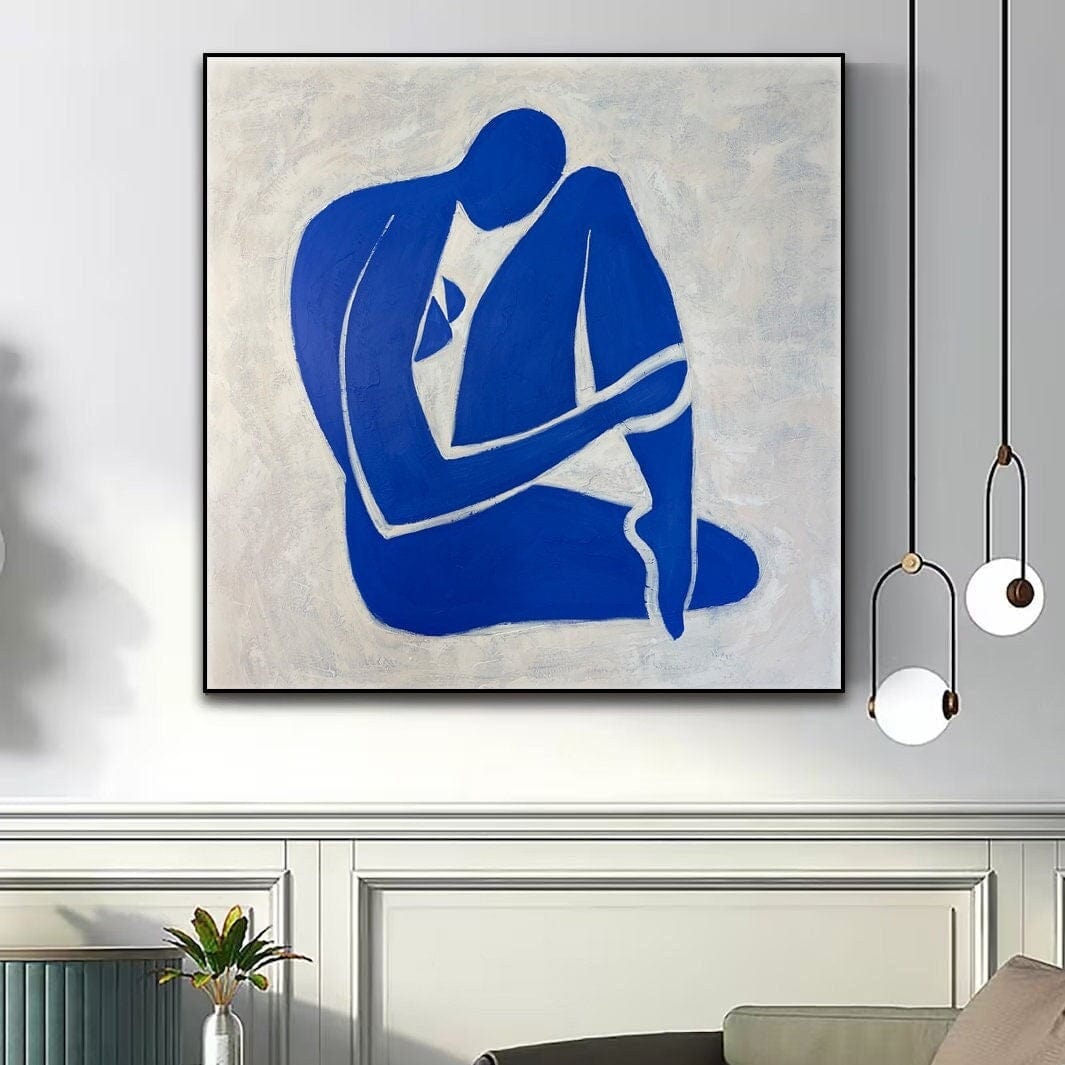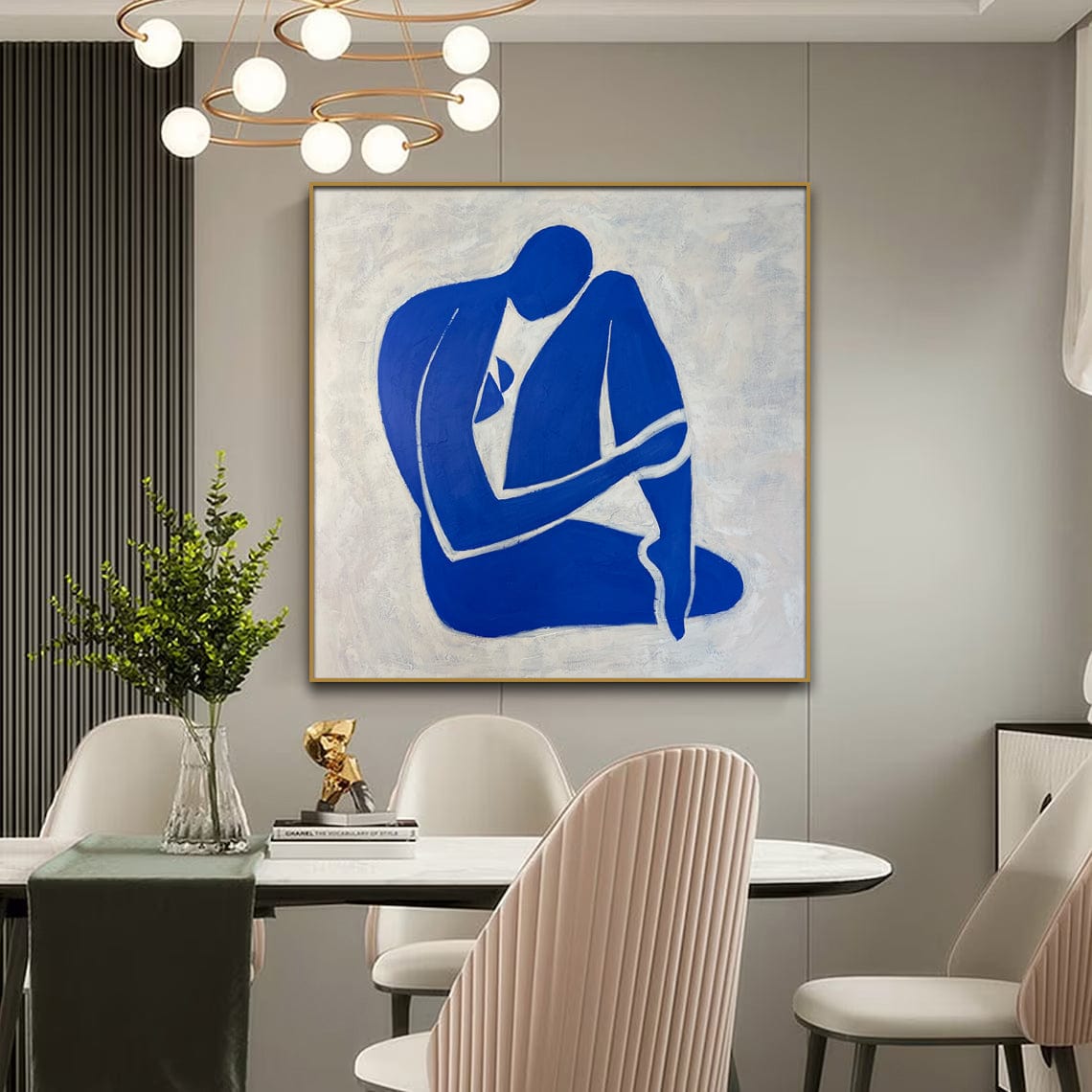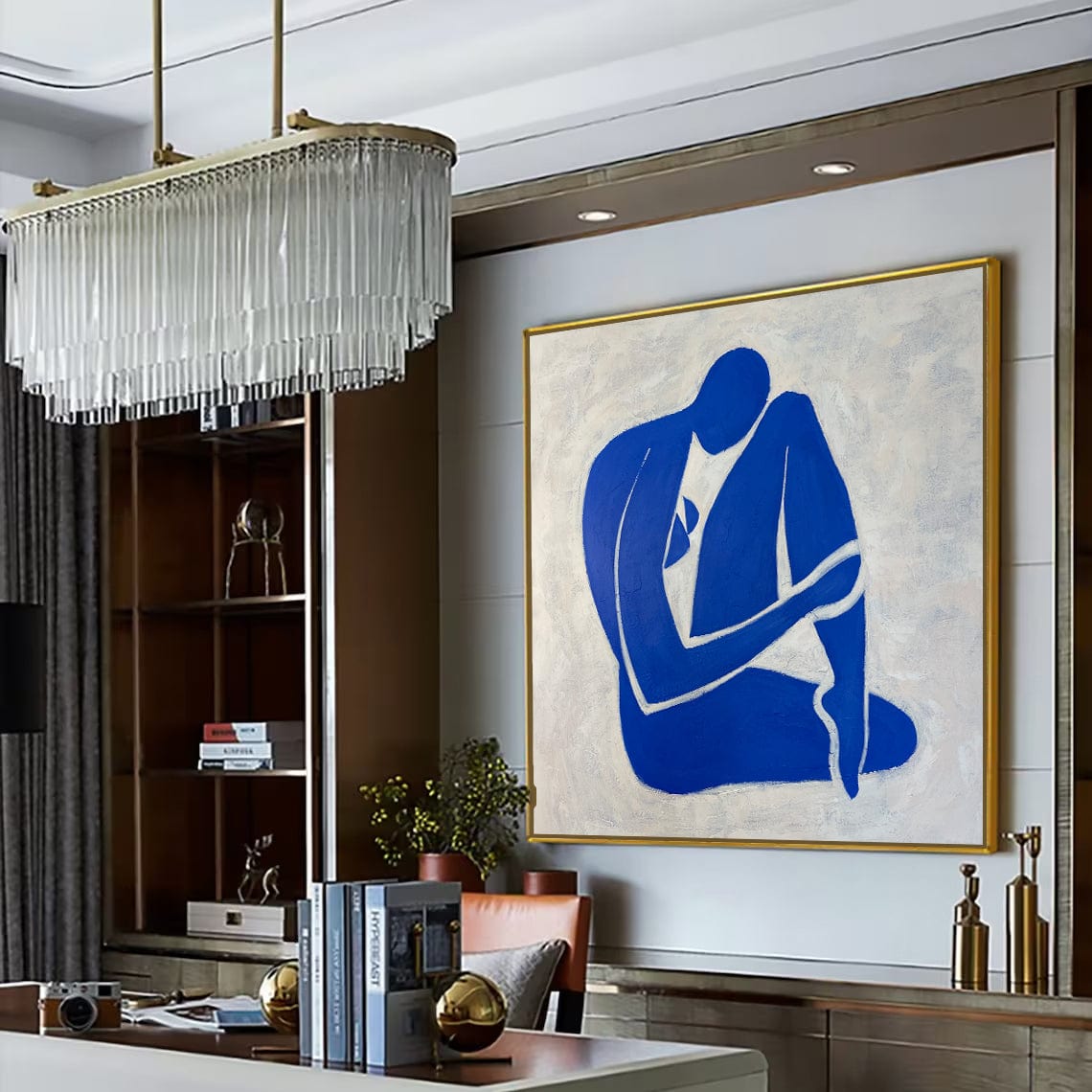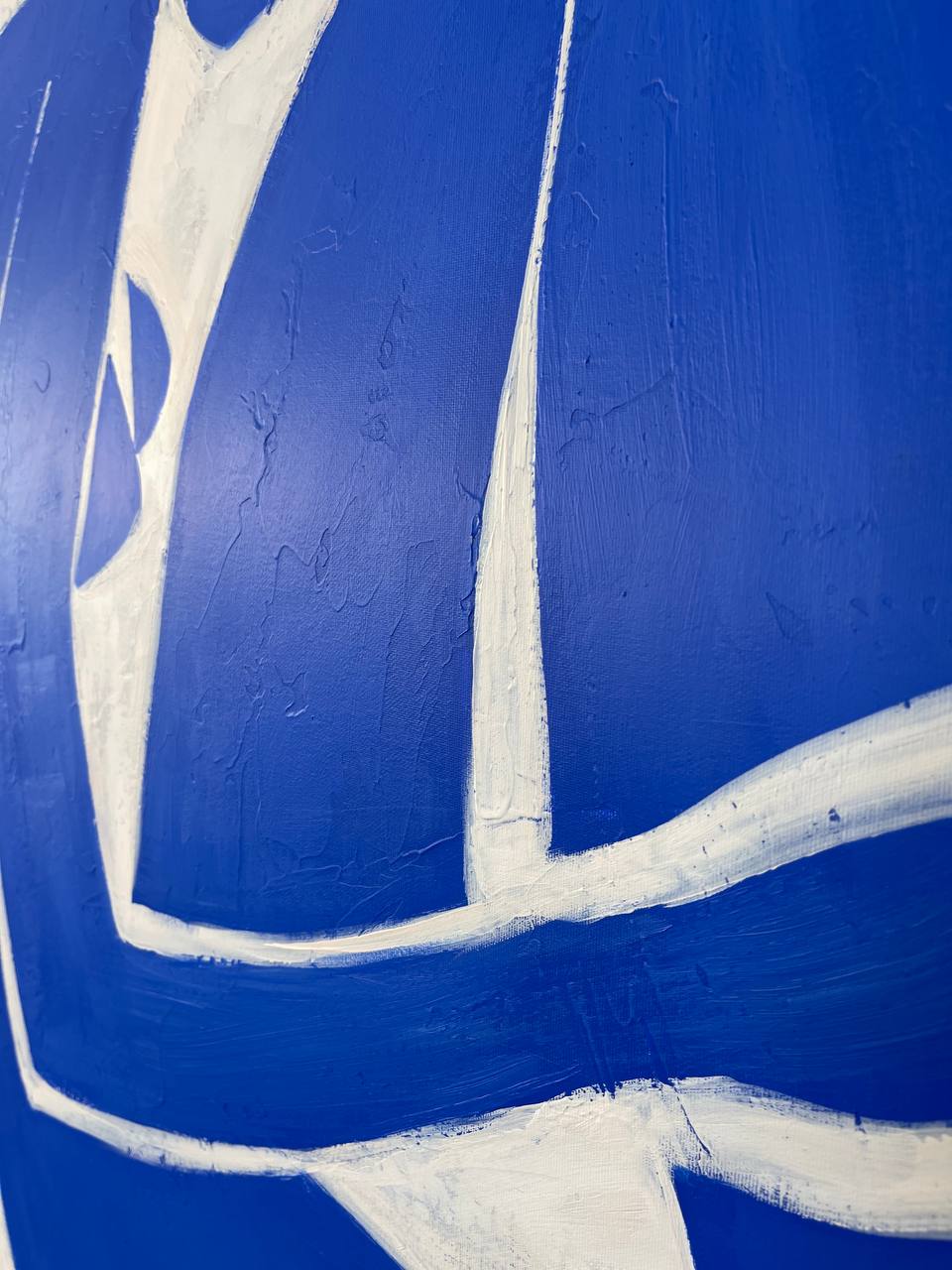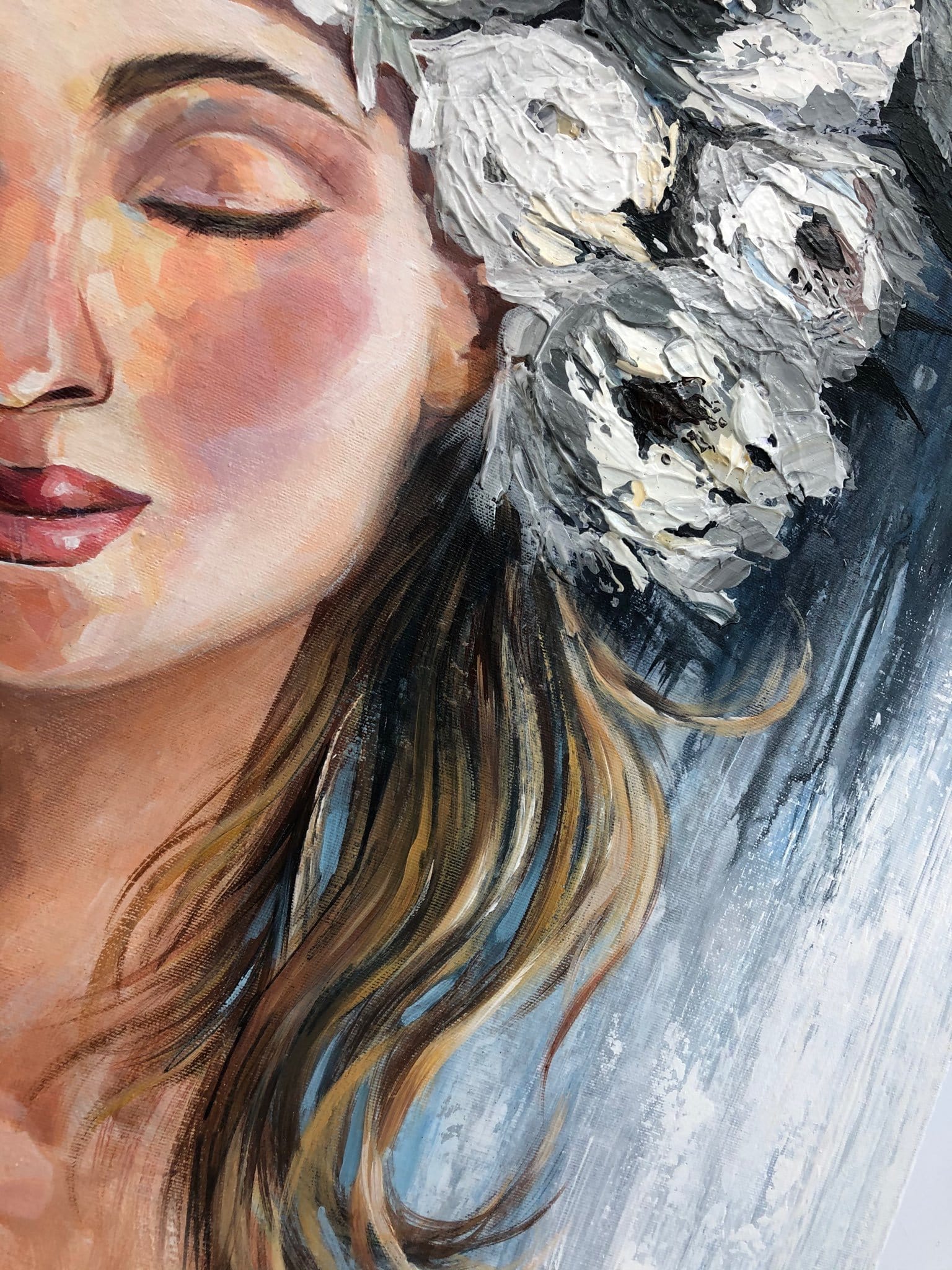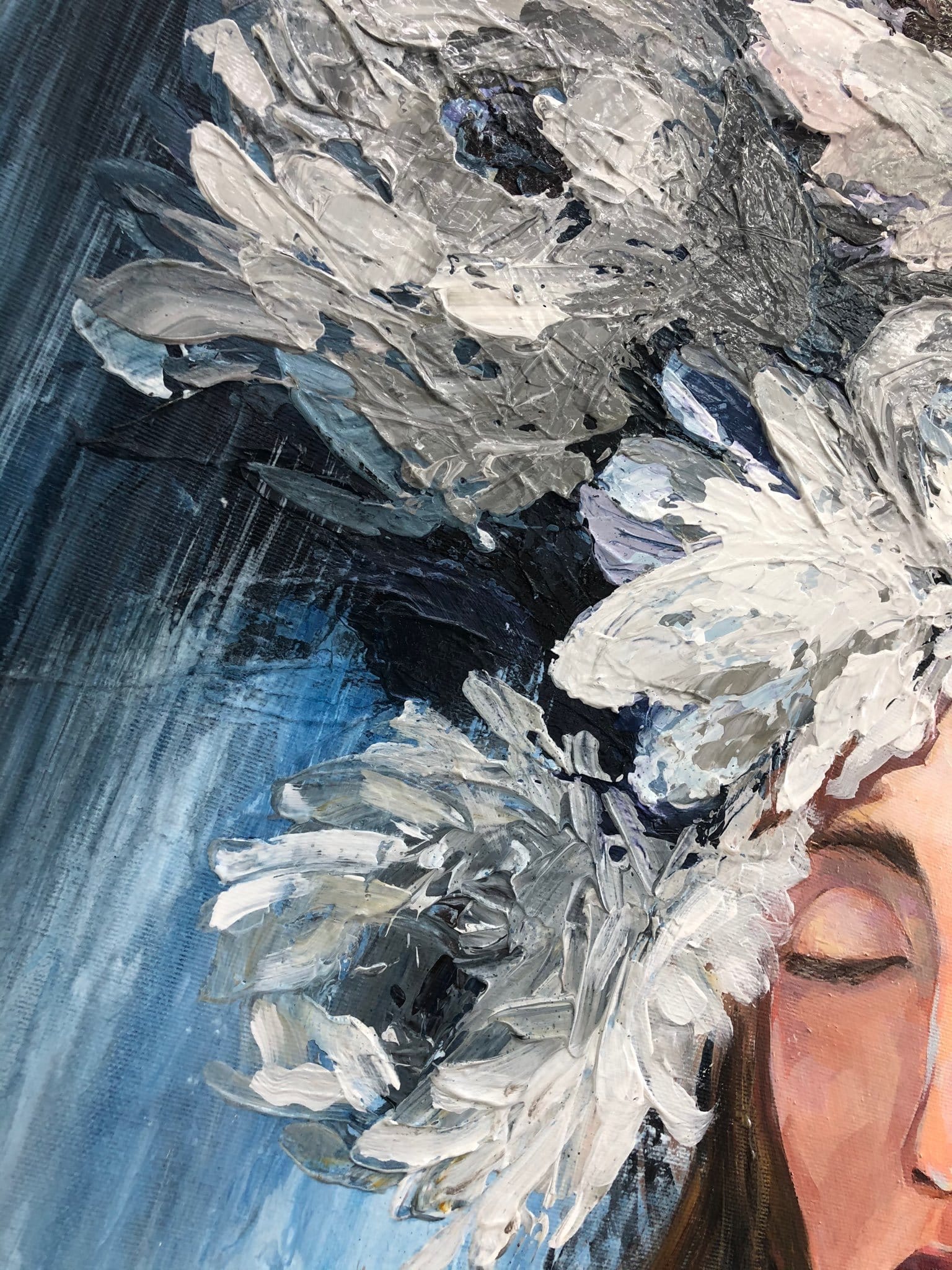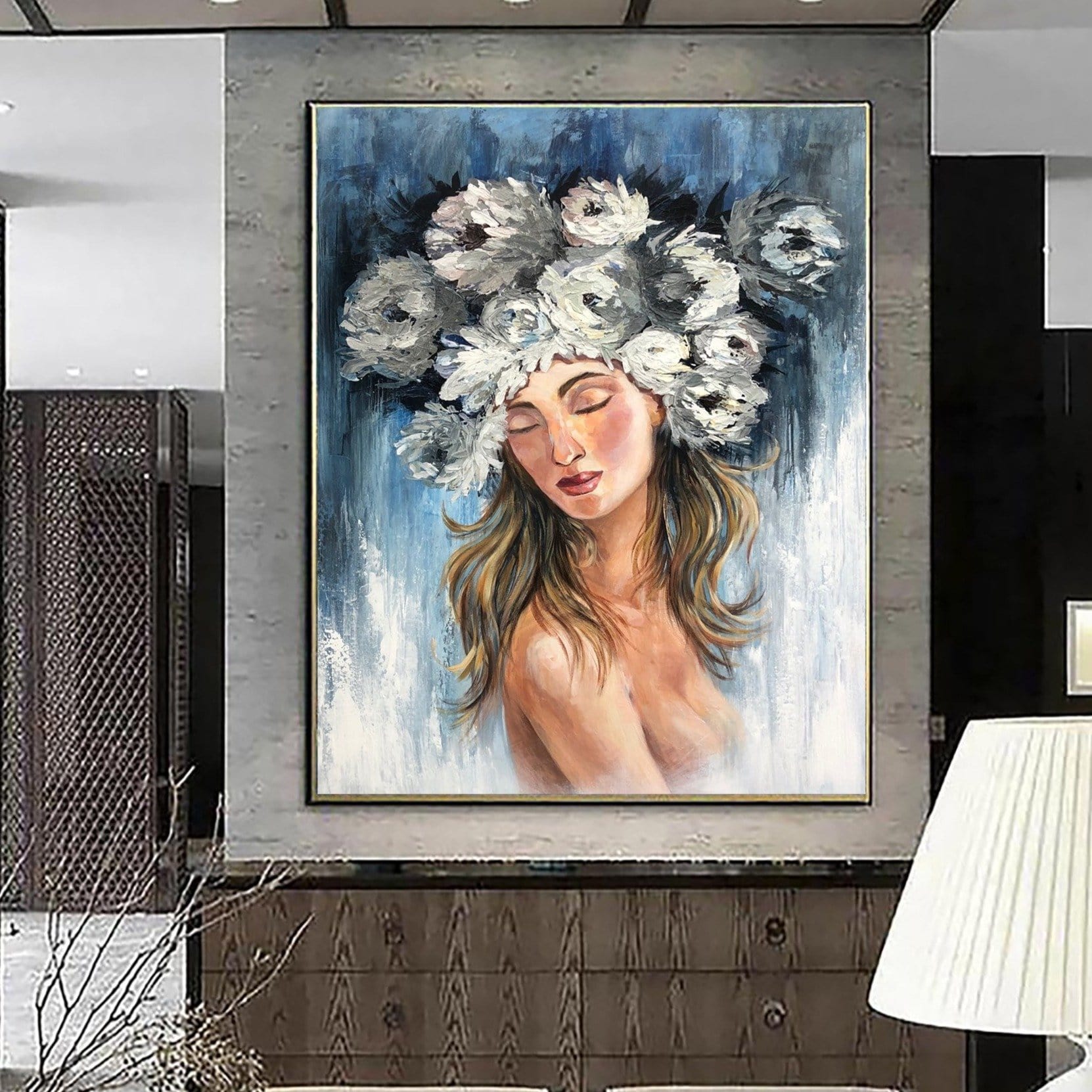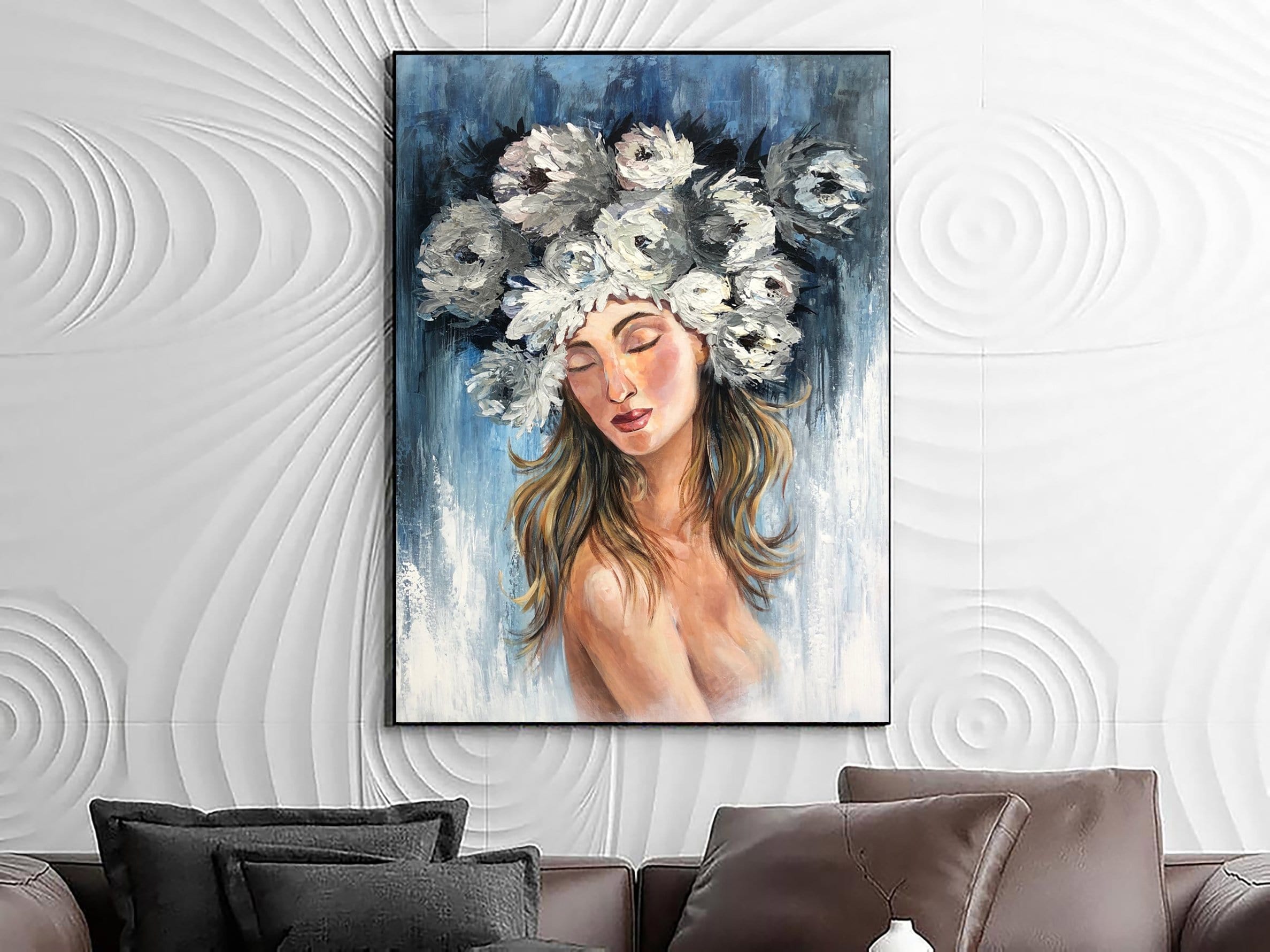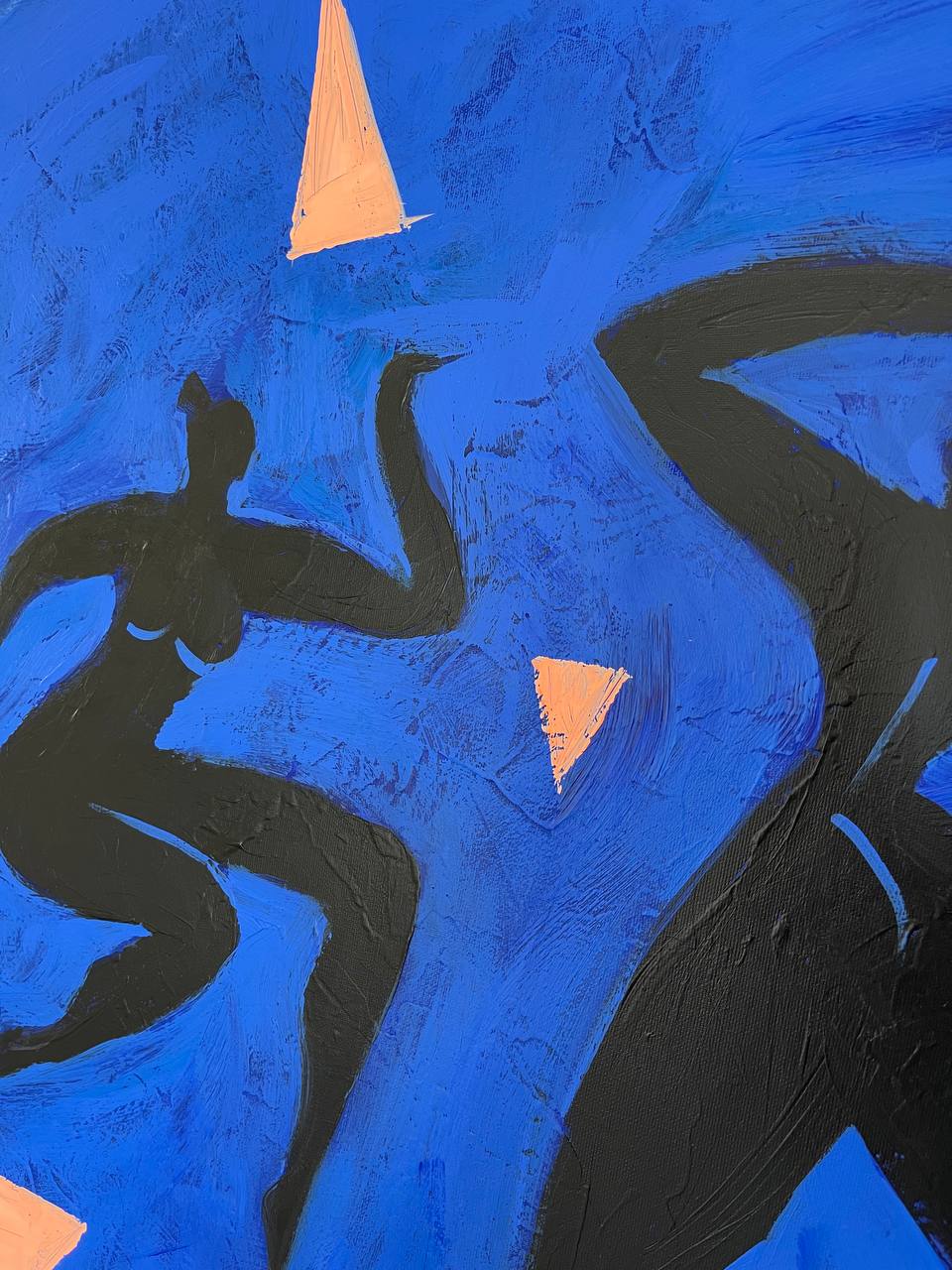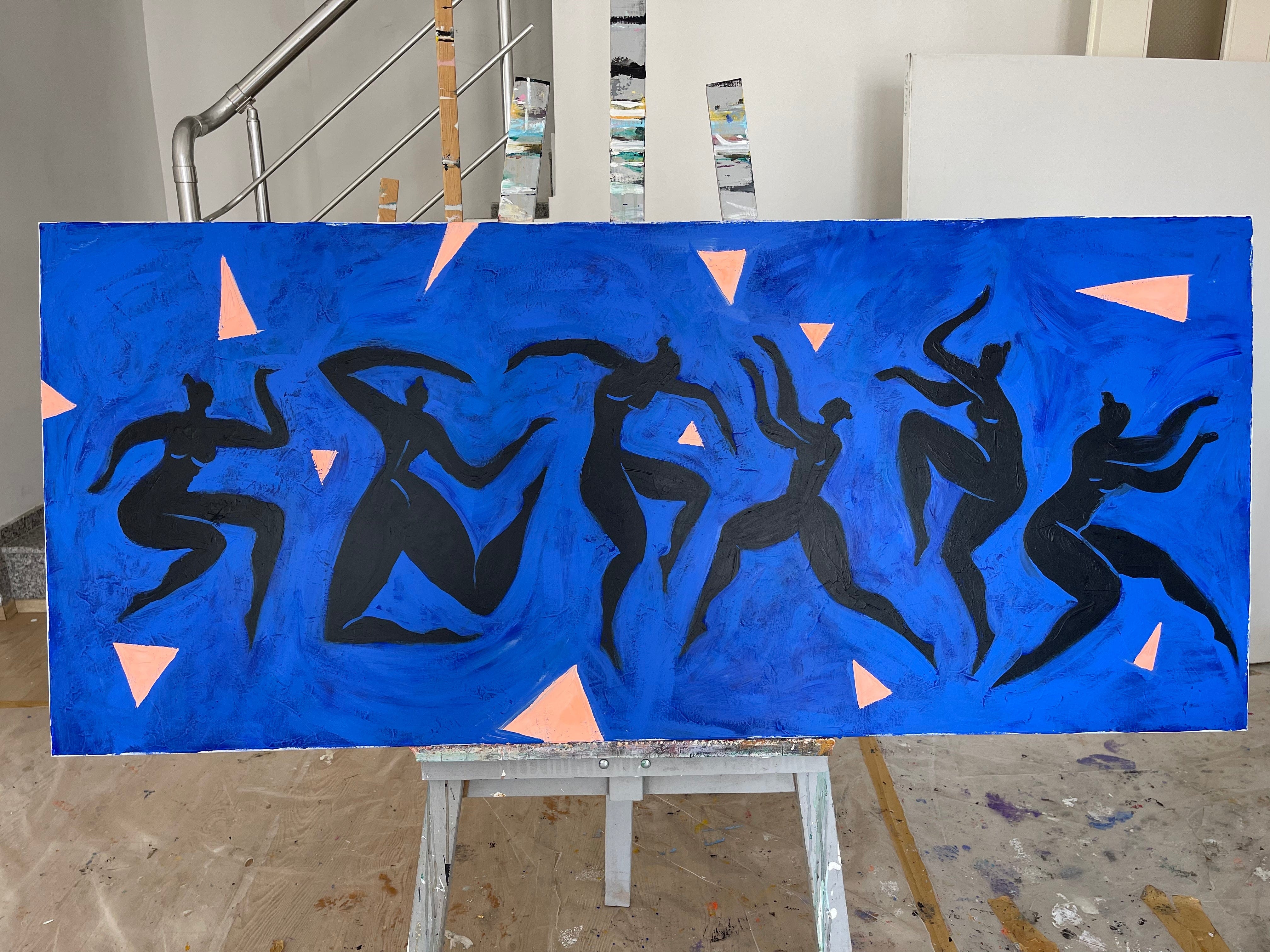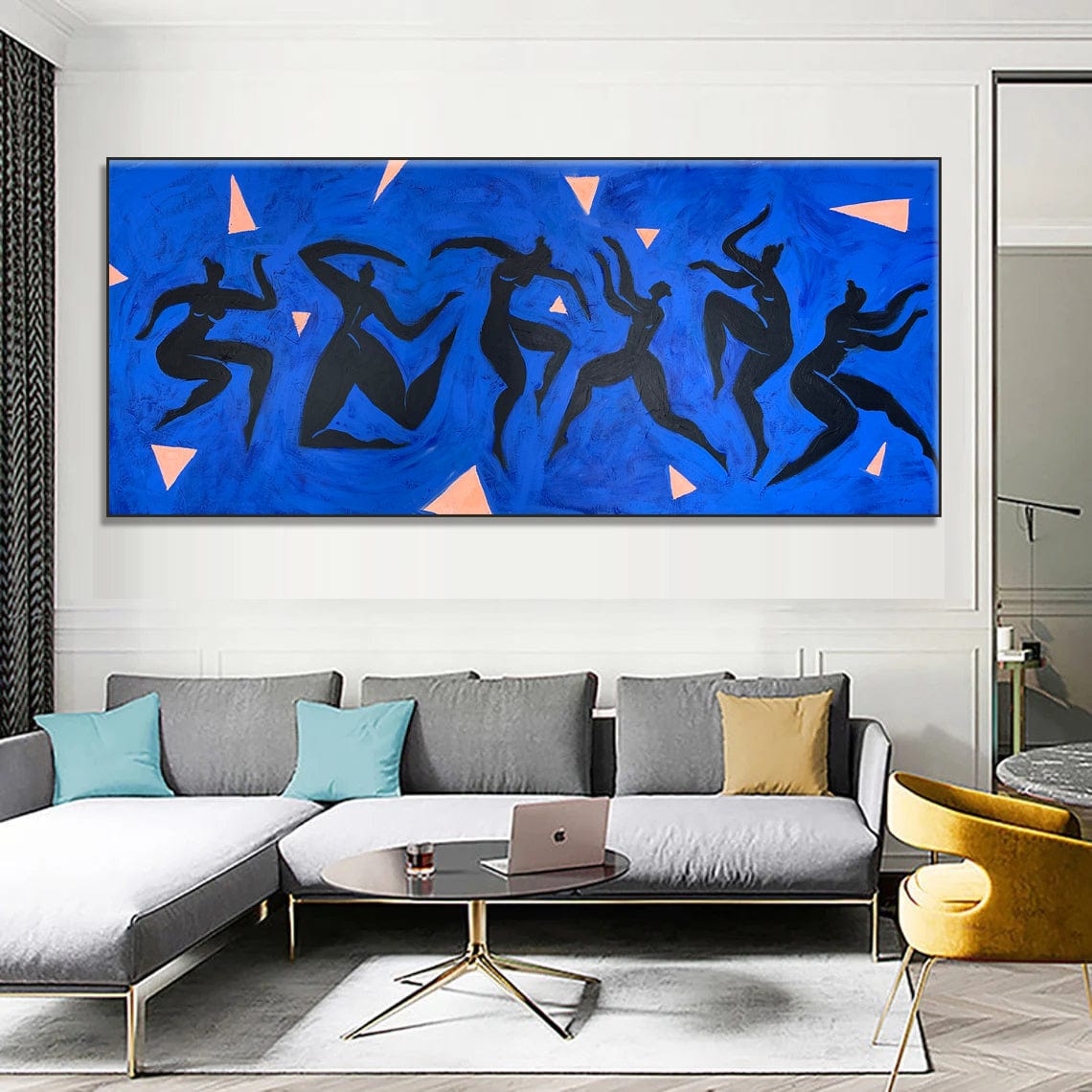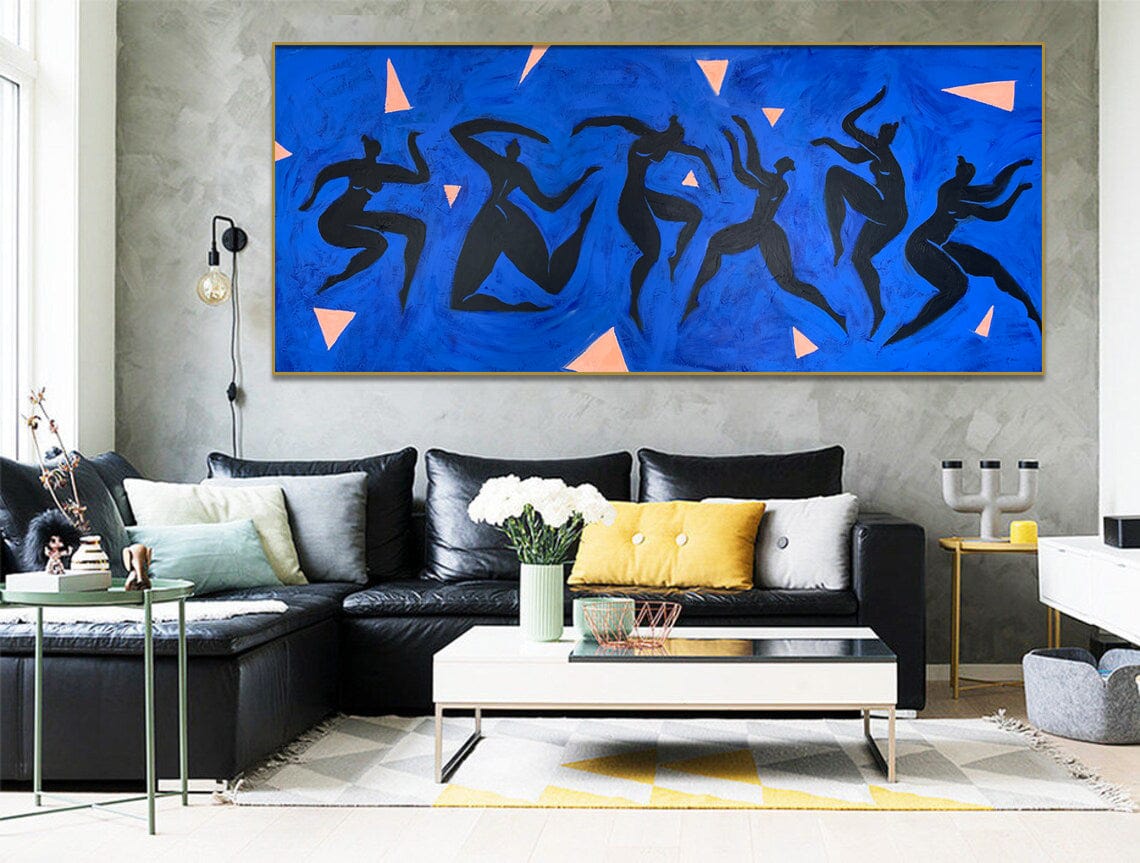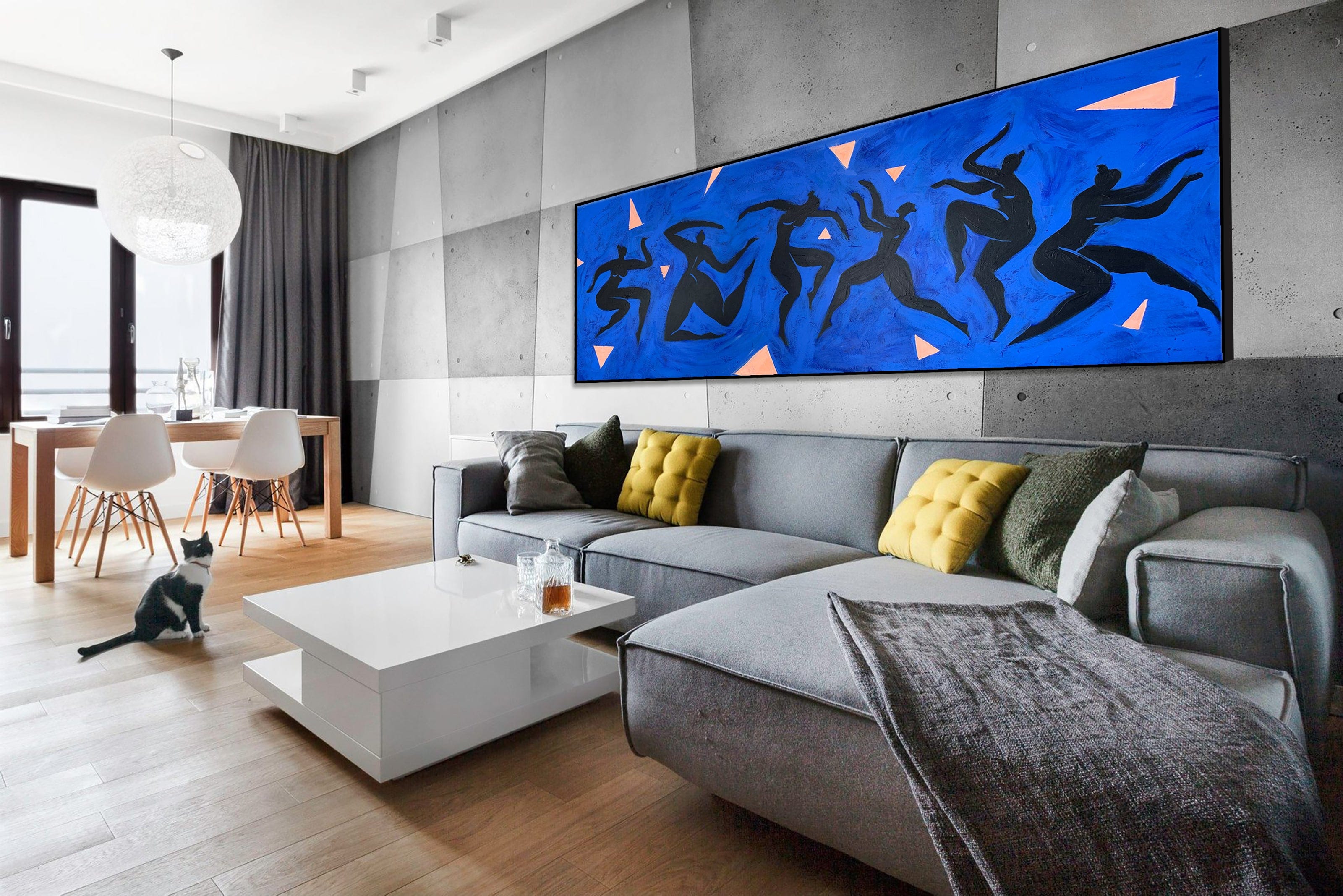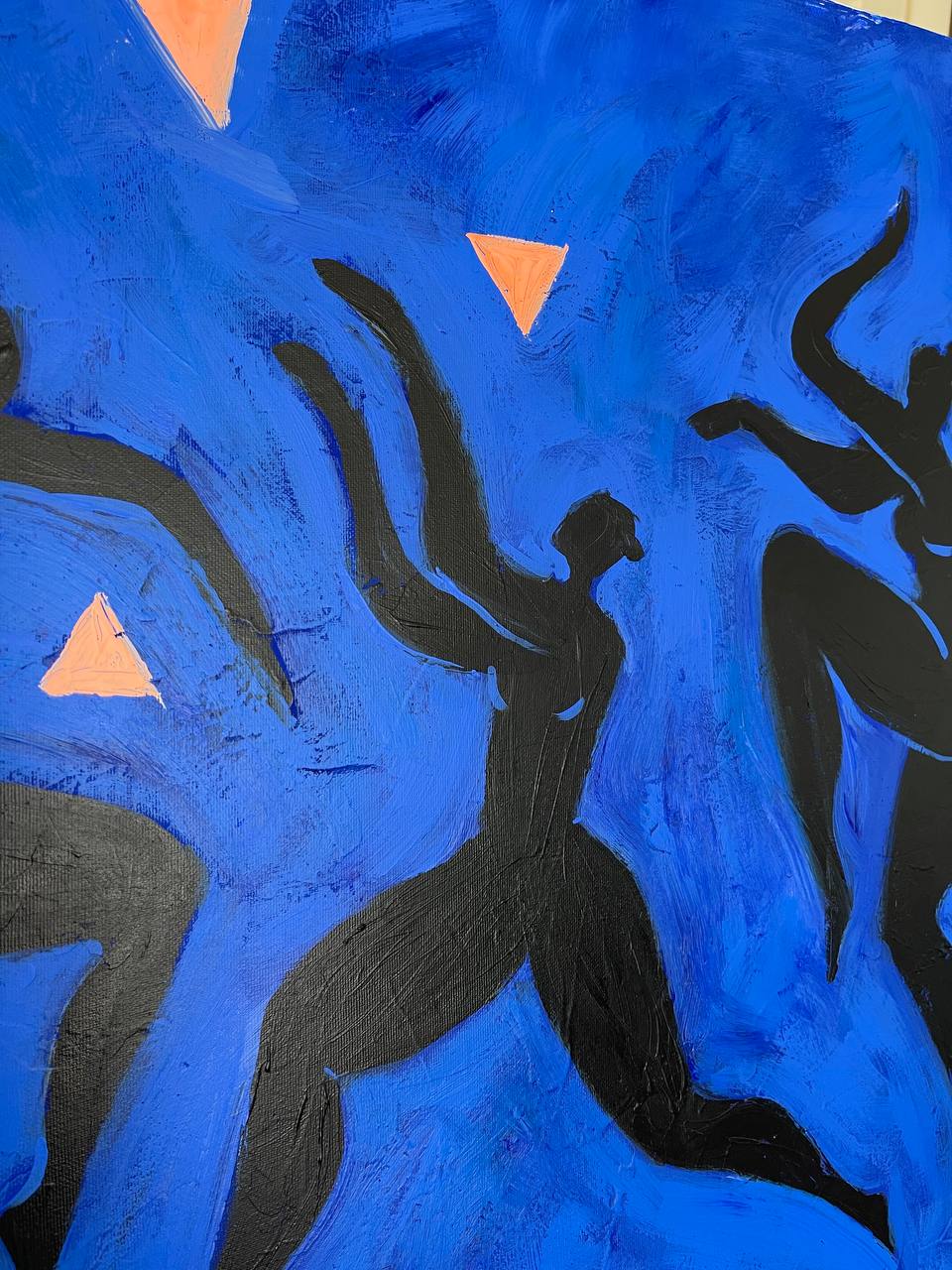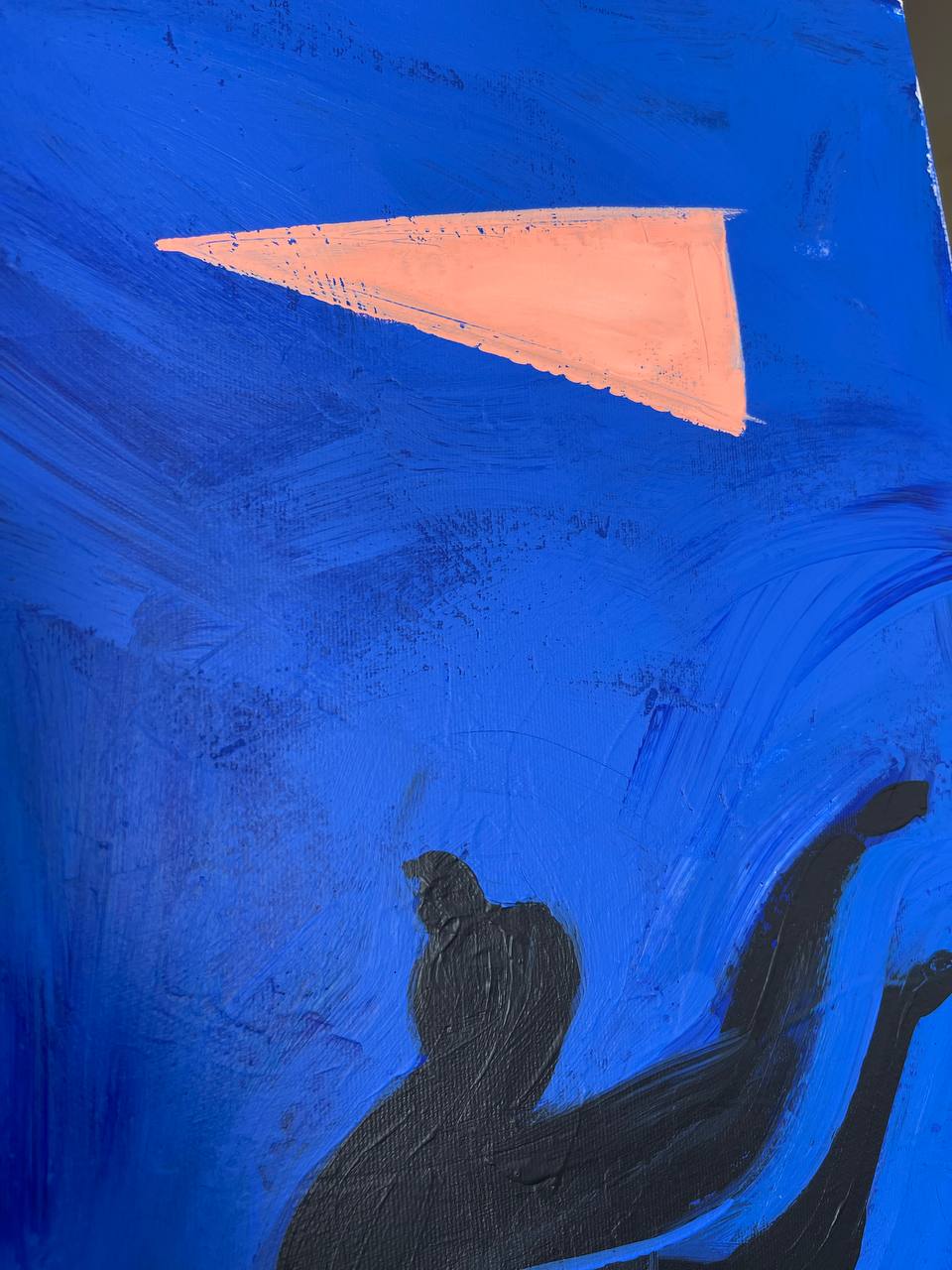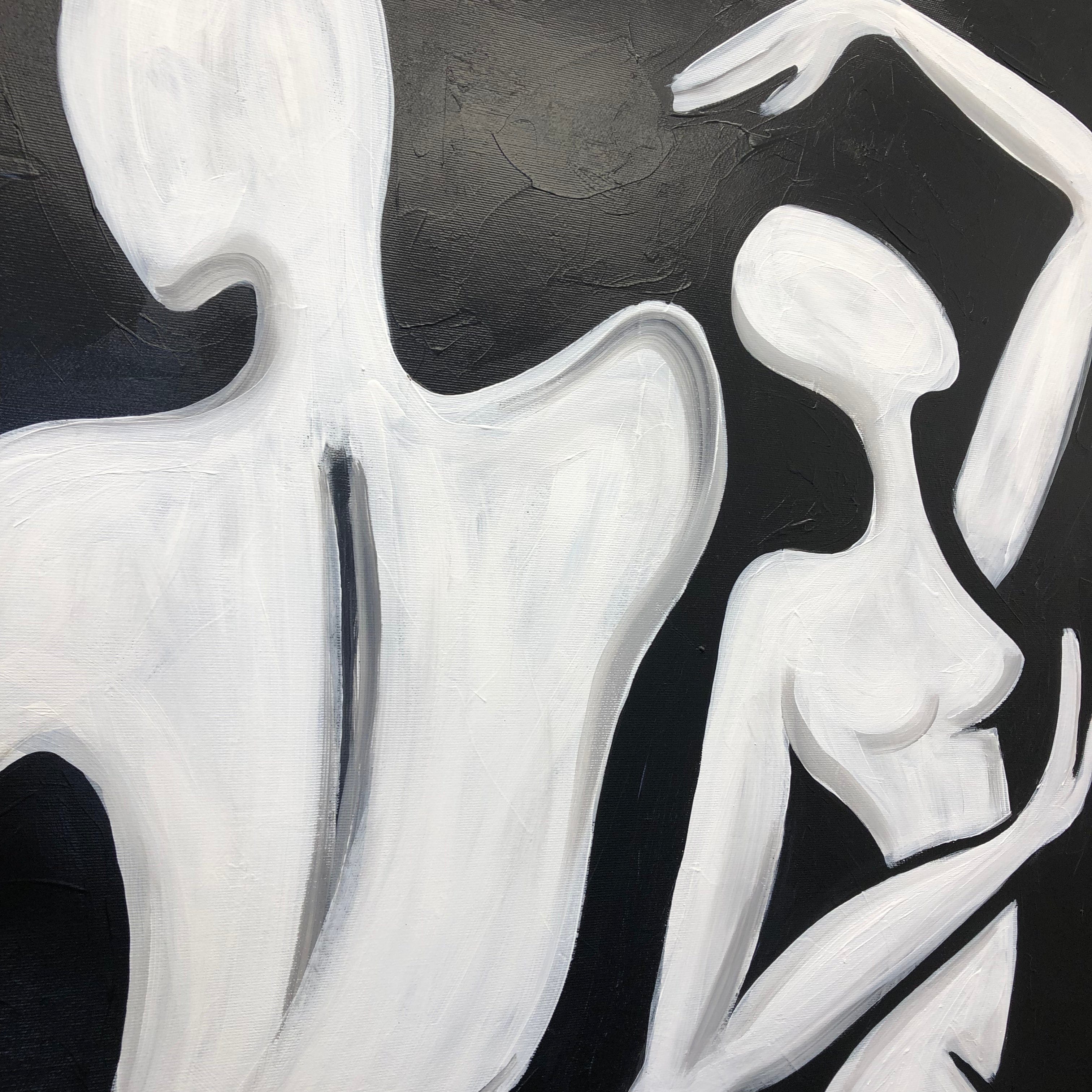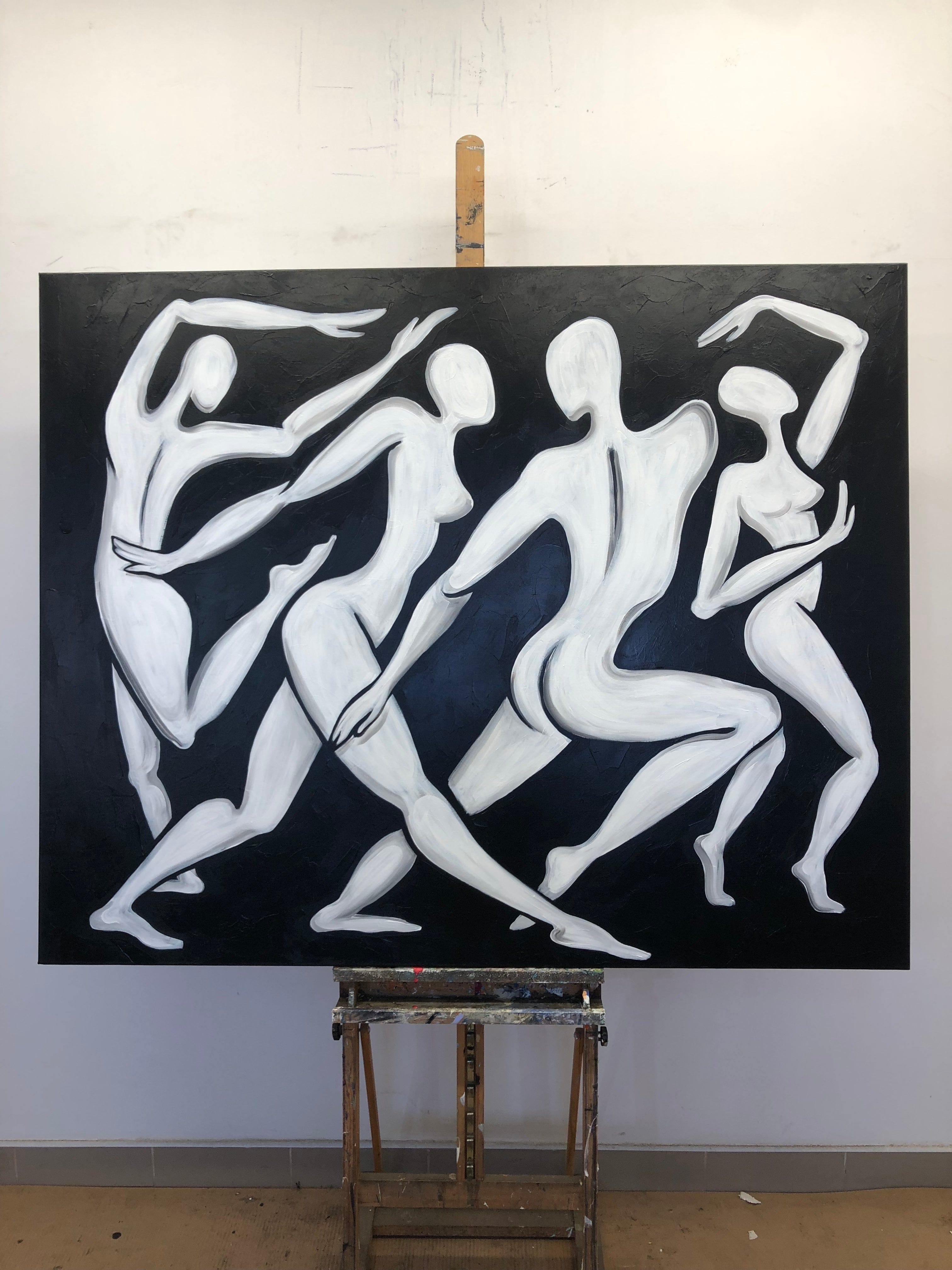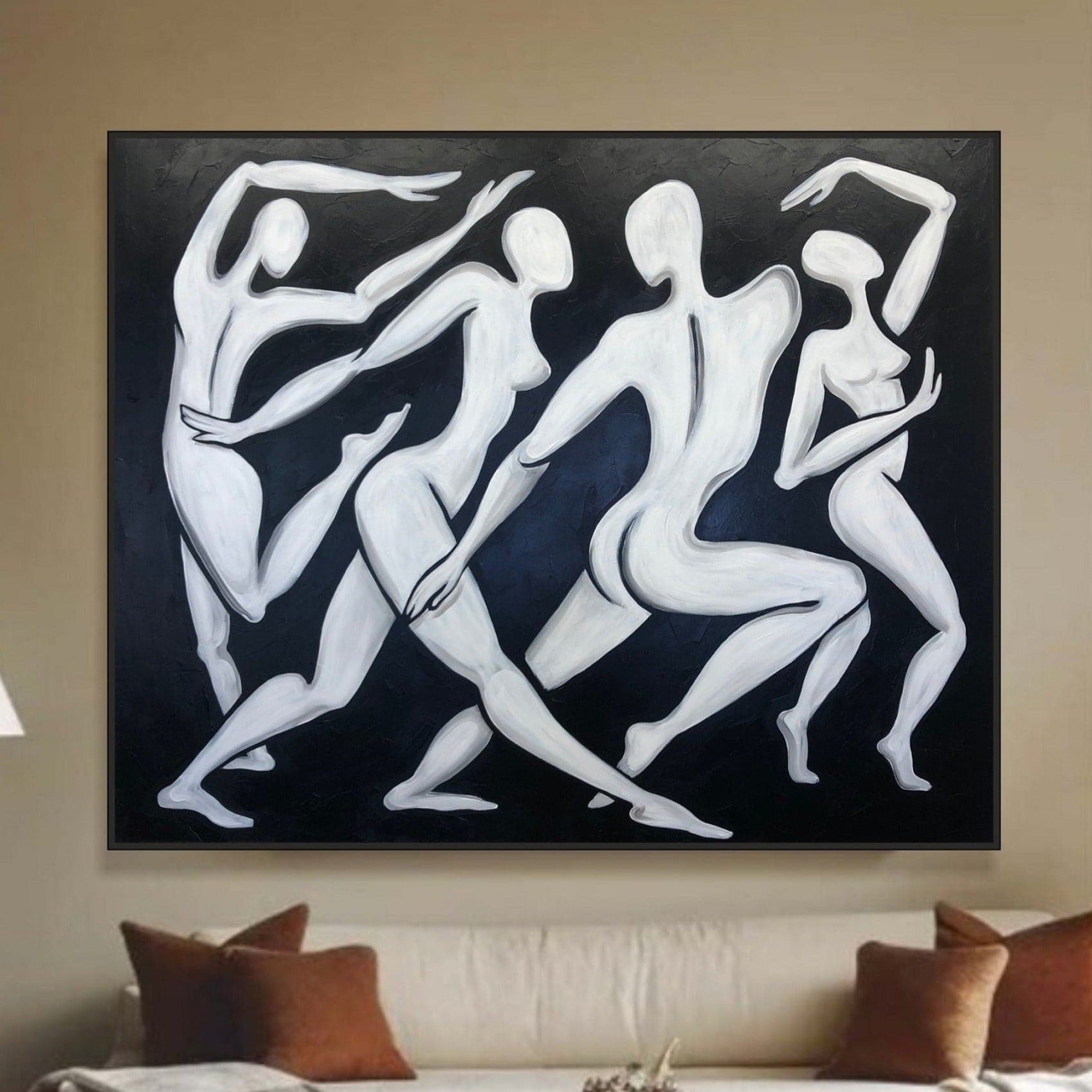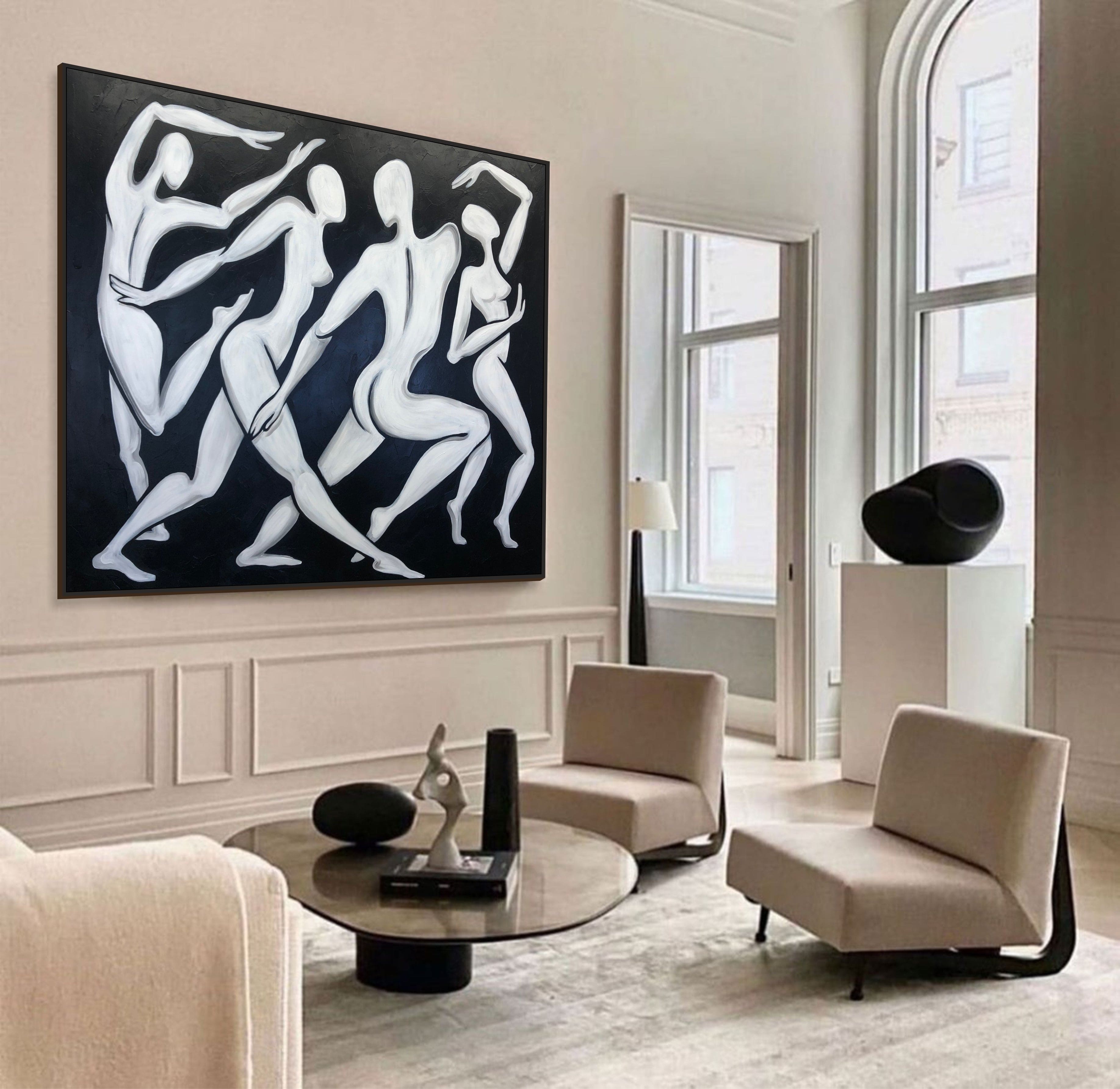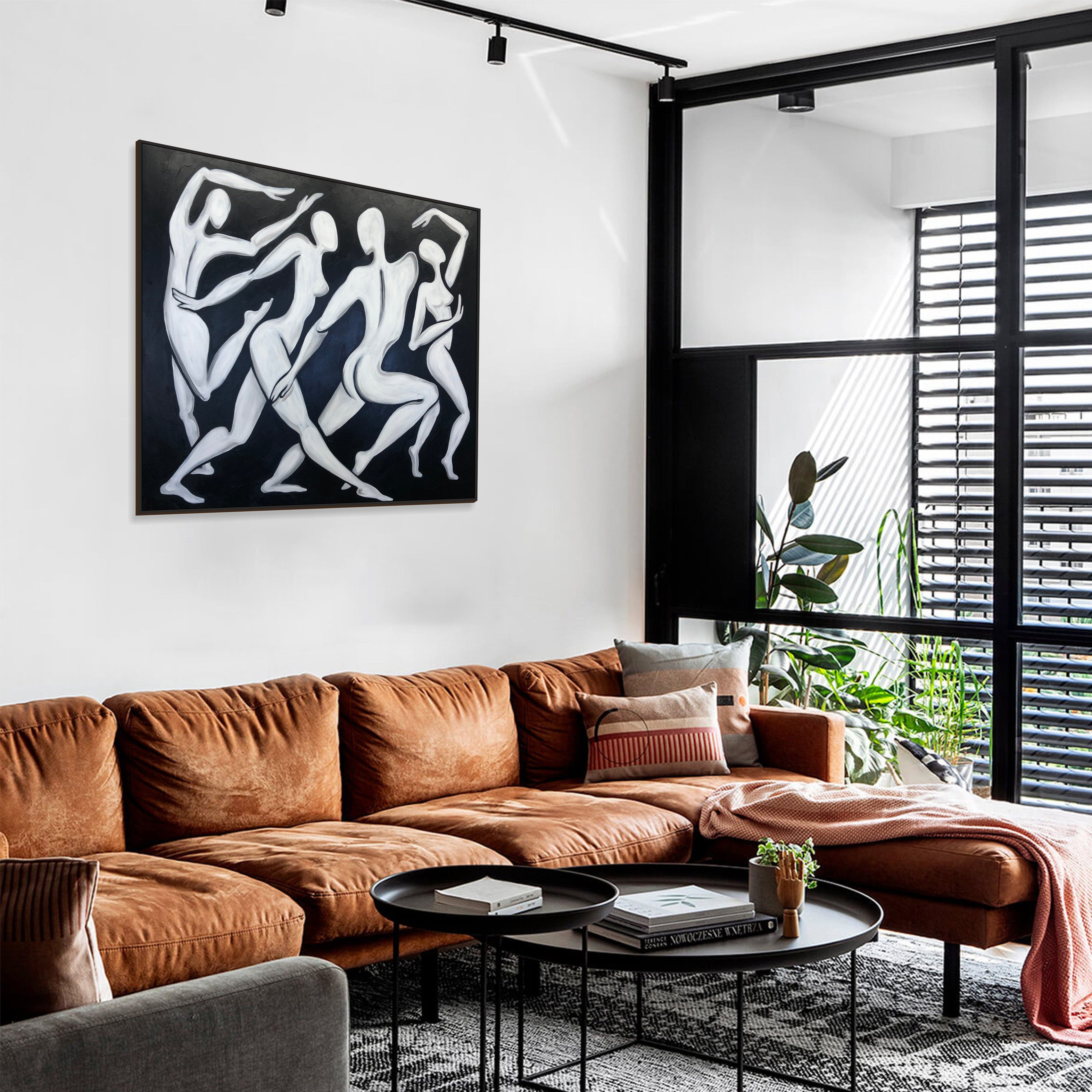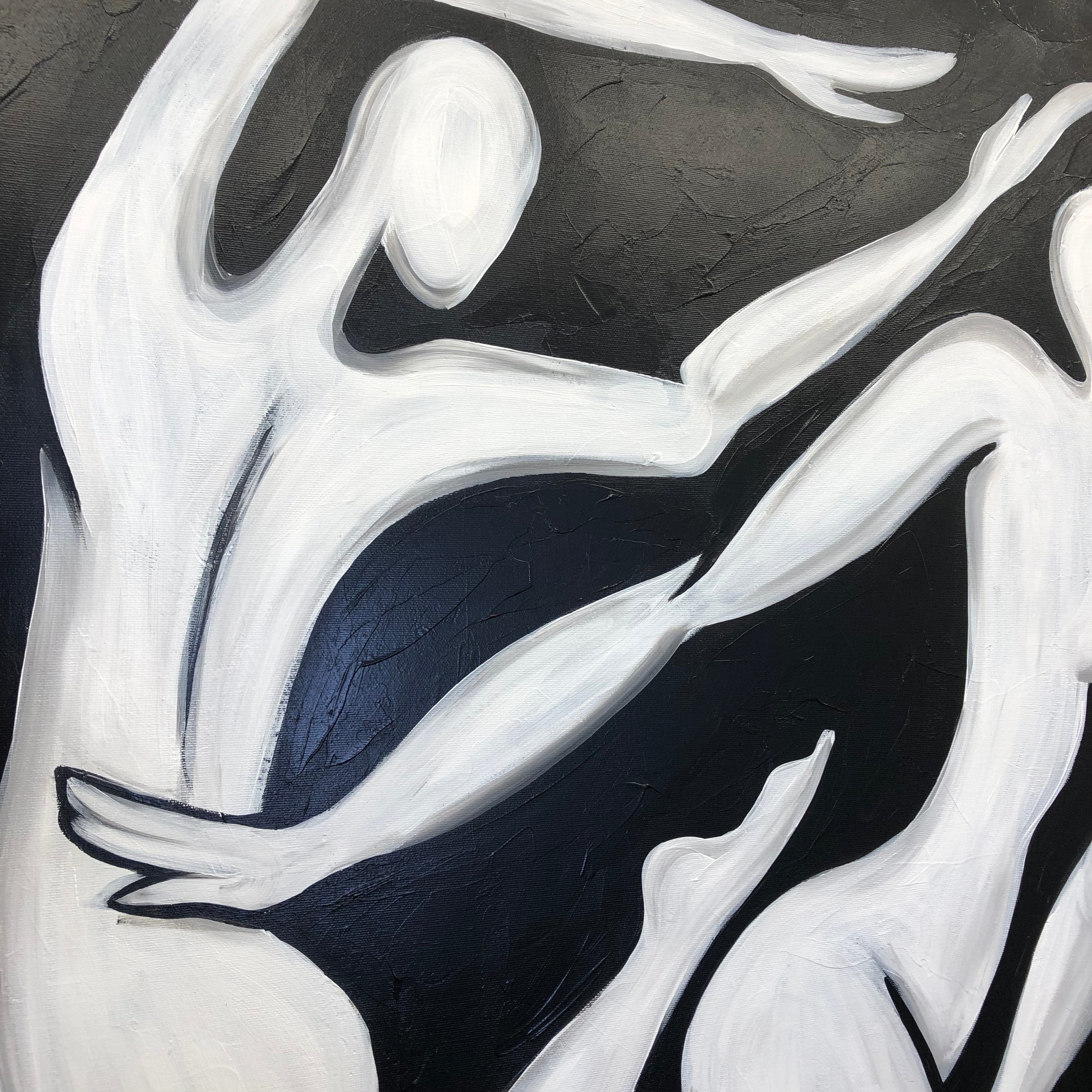Exploring the Beauty of 10 Henri Matisse Paintings
The contribution of Henri Matisse to the cultural heritage of the 20th century is hard to be overestimated. This prominent French artist created works in various manners, and some of them are fairly evaluated as some of the most iconic paintings. His style is characterized by radiant colors and bold shapes that have become synonymous with modern art. We are inviting you to look closer at some of his works that have been captivating audiences around the world.

Luxe, Calme et Volupté, 1904 by Henri Matisse
Luxe, Calme et Volupté is a serene landscape that proves Matisse's mastery of color and form. A group of bathers is enjoying an idyllic countryside view and together with it constitutes a calm and harmonious composition, with a soft color palette that gives the work a dreamlike quality. Luxe, Calme et Volupté is an example of Matisse's early works after his study at the Académie Julian and at the Ecole Nationale des Beaux-Arts in Paris and was influenced by the classical approach in art. In fact, Matisse began his artistic career by following the manner of old masters, such as Giotto, Uccello, Donatello, Bruno.
This painting is accomplished in the technique called divisionism, when separate dots of paint are placed on the canvas and look blending from the distance, but Matisse developed his own manner of putting numerous short dashes of paint instead.
Art historians consider that Luxe, Calme et Volupté was an inception of Fauvism, which Matisse became committed to with time. Since 1985, the painting has been exhibited in Musée d'Orsay, Paris.

Open Window, Collioure / Fenêtre ouverte, Collioure, 1905 by Henri Matisse
Open Window, Collioure was created by Matisse during his Fauvist period, which becomes evident by the colors he used: rust and pale red, green, shades of blue. The painting is actually a view out of the window of his apartment in Collioure, on the southern coast of the Mediterranean Sea in France. In the foreground, we can see sailboats on the water painted in light pink, blue and white, and some home plants on the windowsill. The rust red window frame and pots contrast with the tender hues of pink, but general harmony of the image is fascinating. Matisse uses these colors to create a sense of light and peaceful atmosphere in the work, which has a lyrical, poetic quality. Henri Matisse loved painting open windows and returned to this theme from time to time, especially when he lived in Paris, Nice and Etretat. This fabulous painting can be seen in the National Gallery of Art, Washington, DC.































